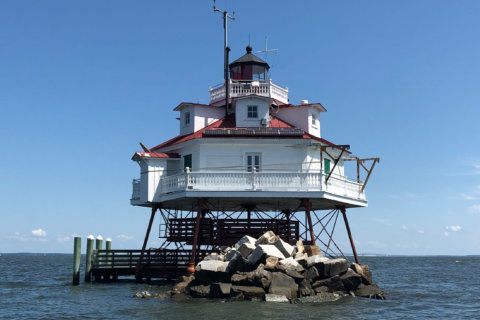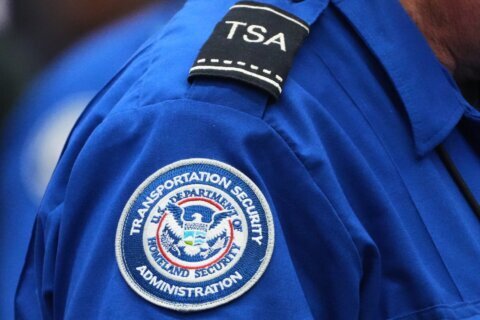Maryland transportation officials will demonstrate a ramp metering system on Interstate 270 next week, with the goal of alleviating congestion and simplifying mergers on one of the state’s busiest roadways.
Starting June 23 and lasting a week, drivers on the ramp from northbound Md. Route 118 to southbound I-270 in Germantown will pass a sign warning of ramp metering.
If automatic sensors detect congestion on I-270, flashing beacons will prompt drivers to stop before the end of the ramp and wait for a green light before merging onto the highway — one car at a time from each lane.
“The system uses sensors that detect real-time traffic conditions and activate traffic signals, when needed, to more efficiently control how traffic merges onto I-270,” the Maryland Department of Transportation’s State Highway Administration said in a news release. “While a first for Maryland, ramp meters have been used elsewhere and are a proven, cost-effective tool to help address congestion and safety by regulating traffic flow onto the highway.”
The system will have the ability to activate whenever it detects traffic building between 4 a.m. and 11 p.m. daily, during which MDOT SHA said commuters should expect the following:
- Motorists will see a warning sign with flashing beacons.
- When the beacons are activated, motorists should be prepared to stop at the stop line.
- Once the signal turns green, drivers may proceed on the ramp and merge onto the highway.
- The signal will allow one car at a time to go from each lane, optimizing traffic flow onto I-270.
If the test works, the congestion management system will be deployed to over three dozen ramps across northbound and southbound I-270 between North Bethesda and Urbana. The southbound I-270 ramp metering system is slated to activate later this year, while the northbound system would come online in 2022.
A map of the 45 ramps is available on MDOT’s website.
The new system comes via the I-270 Innovative Congestion Management Project announced in 2016 by Gov. Larry Hogan to improve travel time and safety on the highway, which stretches for 34 miles between I-70 and the Capital Beltway.
Work crews will also add additional auxiliary lanes between interchanges, extend acceleration and deceleration lanes, and optimize traffic operations on existing lanes as part of the same project.








